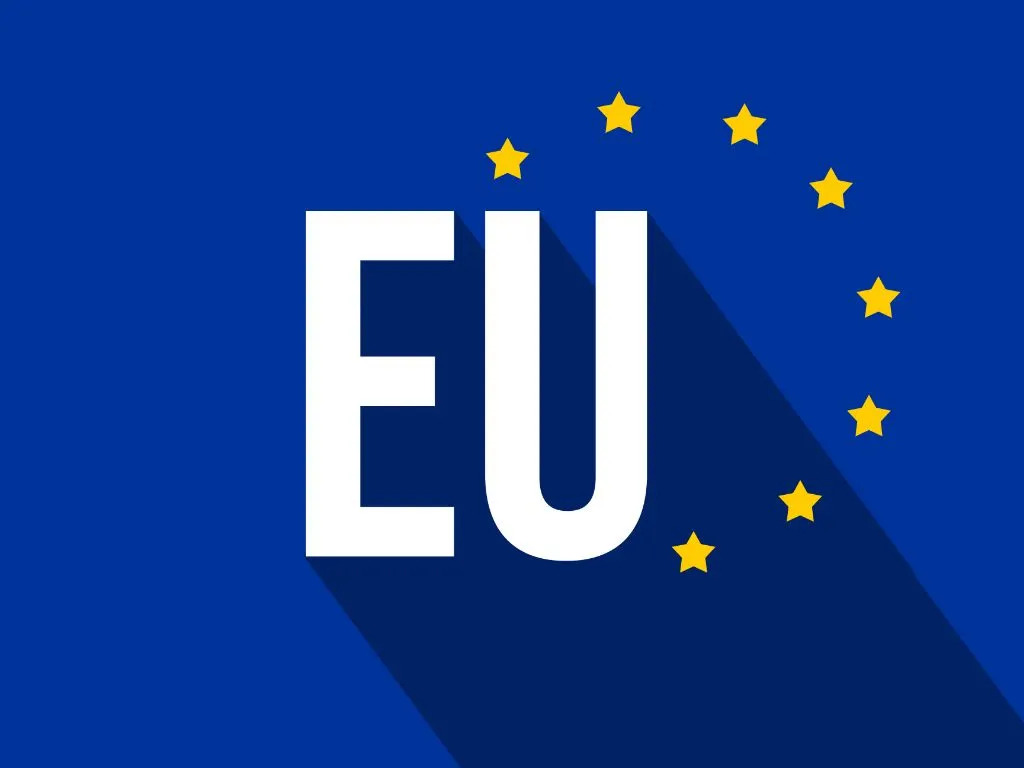- Home
- News Details
News Details

EU Restricts Use of PFAS Sub-Group PFHxA to Protect Health and Environment
2024-09-19 Reference source : European Commission
Today, 19 September 2024, the European Commission adopted new measures under the REACH Regulation to restrict the use of undecafluorohexanoic acid (PFHxA) and PFHxA-related substances, which are a part of the wider group of entire group of per- and polyfluoroalkyl substances (PFAS). These chemicals are highly persistent in water and pose risks to human health and the environment.
Targeted Product Bans Under the PFHxA Restriction
The restriction targets products where risks are not adequately controlled, and bans the sale and use of PFHxA in:
-
Consumer textiles such as raincoats
-
Food packaging such as pizza boxes
-
Consumer compounds such as waterproofing sprays
-
Cosmetics such as skin care products
-
Firefighting foam applications for training and testing
Other applications such as semiconductors, batteries and green hydrogen fuel cells are not affected by the restriction.
Background on PFAS Chemicals
Per- and polyfluoroalkyl substances (PFAS), often referred to as "forever chemicals", are a large group of synthetic chemicals known for their extreme resistance to degradation in the environment. Due to their unique water- and grease-resistant properties, PFAS have been widely used in various industrial processes and consumer products, including non-stick cookware, waterproof textiles, food packaging and firefighting foams.
However, their persistence means that they accumulate over time in the environment and in living organisms, contributing to widespread contamination of soil and water, including drinking water supplies. This has raised significant concerns about the long-term effects of PFAS on human health, including links to cancer, endocrine disruption and immune system effects.
Key Objectives
The move is part of the EU’s wider effort to reduce PFAS emissions, as PFHxA often replaces the previously banned perfluorooctanoic acid (PFOA). The measure is based on scientific evaluations by the European Chemicals Agency (ECHA) and has been approved by the European Parliament and the Council.
Implementation Timeline
The restriction will enter into force 20 days after its publication in the Official Journal, with transition periods ranging from 18 months to 5 years, depending on the specific use, to allow industry to switch to safer alternatives.
Future Steps
While the current restriction specifically targets PFHxA and related substances, it is separate from the broader EU initiative to address the risks posed by the entire group of per- and polyfluoroalkyl substances (PFAS). The broader PFAS ban is currently being evaluated by the ECHA. This potential ban stems from a 2023 proposal by five European governments - Germany, Denmark, the Netherlands, Sweden and Norway - calling for significant restrictions on all PFAS chemicals due to their persistent environmental and health risks.
We acknowledge that the above information has been compiled from European Commission.
Global Product Compliance (GPC) specializes in Global Regulatory Compliance Solutions across sectors
globally. SSS Europe, a familiar name in chemical regulatory and compliance services now formally belongs
under the umbrella of GPC Holding Sweden.
Since 2008, we have emerged as one of the leading names among Global Regulatory Compliance Service
Providers with Representation services in Europe, Asia and Middle East for respective chemical
regulations.

 Twitter
Twitter
